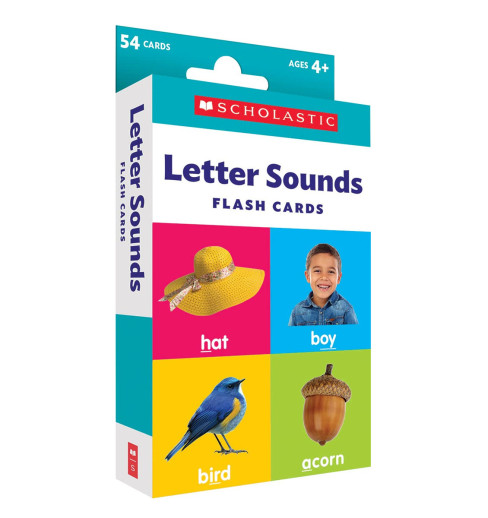We use cookies to make your experience better. To comply with the new e-Privacy directive, we need to ask for your consent to set the cookies. Learn more.
Scholastic Flash Cards: Letter Sounds
The Letter Sounds Flash Cards features the 44 phonemes, or sounds, of the English language. Practice with these sounds and their spellings will help set your child on the path to reading success. Each card features a letter sound and a bright, easily identifiable picture of something that represents that sound. On the reverse side are five more words with the most common spellings of that sound. The words on the back of the cards progress from the simplest to the most challenging. Children naturally evolve from identifying sounds at the beginning of words, then sounds at the end of words, and finally, sound in the middle of words. ~Amber
Help your child master reading and build vocabulary with these double-sided flash cards featuring the 44 sounds in the English language. Features full color photographs and includes a parent guide with games and activities.

